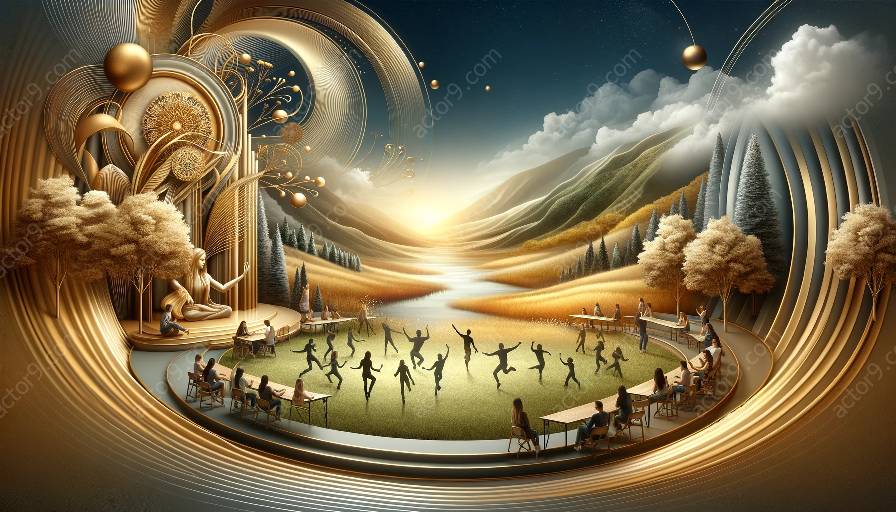Physical theatre, as a unique form of artistic expression, has been increasingly integrated across academic disciplines in recent years. This integration has not only enriched the artistic and performance aspects of physical theatre but has also had a profound impact on education and various academic fields.
Understanding Physical Theatre
Before delving into the integration of physical theatre across academic disciplines, it is essential to understand the foundational principles of physical theatre. Physical theatre is a form of performance that emphasizes the use of the body as the primary means of expression. It combines elements of movement, gesture, and non-verbal communication to convey narratives and emotions, often transcending linguistic barriers.
Physical Theatre in Education
The integration of physical theatre in education has opened up new avenues for creative and interdisciplinary learning. By incorporating physical theatre techniques into educational curricula, educators can foster a holistic approach to learning that engages students on both physical and emotional levels. Students exposed to physical theatre develop a deeper understanding of body language, spatial awareness, and non-verbal communication, which are valuable skills applicable across various academic disciplines.
Impact on Academic Disciplines
The integration of physical theatre has transcended traditional boundaries and influenced a wide spectrum of academic fields. In literature and language studies, physical theatre has redefined the interpretation of written texts, adding a visual and kinesthetic layer to literary analysis. In psychology and neuroscience, the study of physical theatre offers insights into the mind-body connection and the cognitive processes involved in physical expression. Moreover, in the realm of sociology and anthropology, physical theatre serves as a tool for exploring cultural identities and social dynamics through embodied performances.
Furthermore, in the realm of performance arts, the integration of physical theatre has enriched the practice of dance, acting, and choreography, blurring the lines between various art forms and fostering collaborative synergies. The influence of physical theatre is also evident in the fields of education, where pedagogy is evolving to incorporate embodied learning experiences that promote creativity, empathy, and personal expression.
Future Trends and Innovations
Looking ahead, the integration of physical theatre across academic disciplines is poised to inspire further innovations and interdisciplinary collaborations. As technology continues to reshape the landscape of education and artistic expression, the fusion of physical theatre with virtual reality, digital media, and interactive performance platforms is likely to redefine the boundaries of traditional disciplines and create immersive experiences for both performers and audiences.
Conclusion
The integration of physical theatre across academic disciplines represents a paradigm shift in the way we perceive and engage with art, education, and diverse fields of knowledge. By embracing physical theatre as a dynamic catalyst for cross-disciplinary exploration, we can harness its transformative power to shape the future of education and intellectual discourse.




































